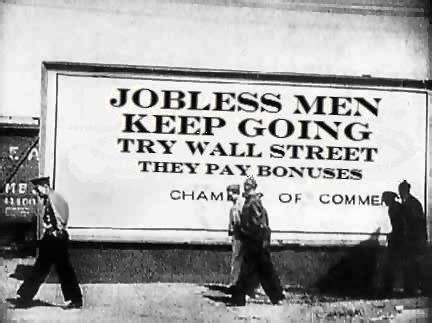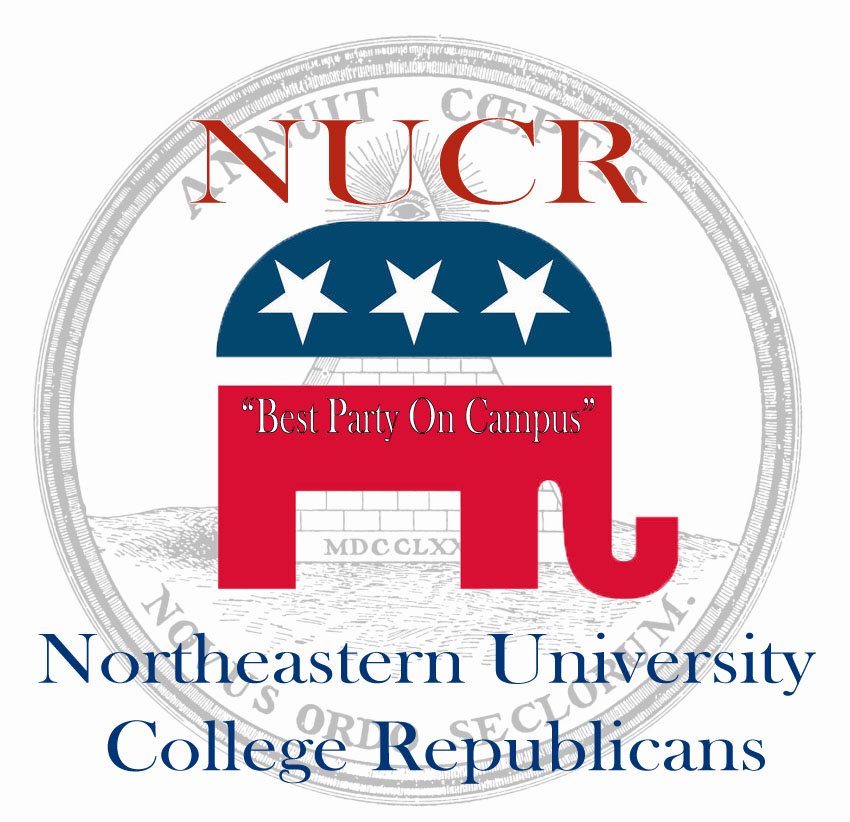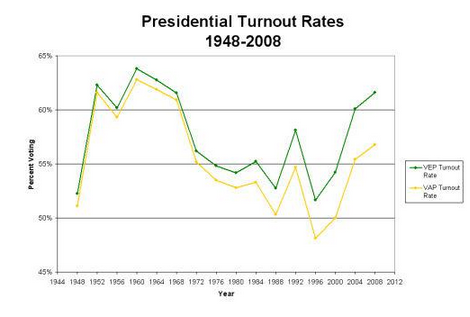Have you applied to so many job postings your head is spinning? So have 4 million other youth and recent graduates across the nation looking for work.[i] With the worst job market in 70 years, jobless numbers for youth have taken an unsettling dive, and thanks to what some misanthropes dub the “Terrible Recovery”, those numbers have yet to creep back up to pre-recession figures. Presently, youth unemployment is at 18 percent—double the national average—due in part to many older workers burrowing into the stable jobs they have and employers who, given the enormous wealth of applicants to choose from, are creaming off the top layer of new hires with the most experience, skills, and commitment to their organization.[ii] Economists and reporters alike have invoked images of the Great Depression in conversations about the current job market. New York Times writer Kate Zernike calls people between the ages of 16 and 24 the “Recession Generation”, noting in particular that Millennials could not only suffer from joblessness and depressed wages, but are inclined to move closer to home.
The news media, which seems to delight in intensifying our fear regarding the instability of the economy, predicts that we will be feeling the repercussions of this global generational crunch for years to come. Chronically jobless and underemployed youth are precursors to a thinning of America’s middle class, as only a few highly skilled and connected workers find adequate employment while the rest settle for jobs well below their potential. Additionally, the effect of youth unemployment has the potential to bloom in a fractal-like manner and affect nearly every aspect of American life, from a substantial shrinking of the market’s consumer base to depression rates. Youth unemployment even caught the attention of the International Labor Organization in 2005, prompting a report that emphasized the value of getting the right first job, as it not only has a multiplier effect on an individual’s personal life but also on their country’s economy and society. [iii]
So where does this prognosis leave us? Not sitting on the couch, disengaged, and wallowing in pity. Our Recession Generation was raised by stable baby boomers and we have secured both a notable dose of confidence and gone on to achieve higher degrees than our parents. Glen Elder Jr., a professor of sociology at the University of North Carolina, notes that youth of the Great Depression, “…came out with an ability to know how to survive and make do and solve problems.”[iv] As conventional jobs become scarce, young Americans have invented creative methods to gain professional experience and pay the bills thereby opening up career doors they might not have contemplated when jobs were more plentiful. After dealing with the frustration of a fruitless job search, some recent graduates have launched their own enterprises, as freelancers or owners of small businesses spanning a spectrum from website design startups to nutrition consultants. This is good news, economists would say, because of the importance of entrepreneurship in fostering a solid economic recovery.[v]
America’s great middle class, one of its pillars of economic stability, was not of spontaneous generation but the result of public investments in a promising generation of young Americans.[vi] Movement to address the stale job market has long been deliberated at the federal level. Now, faced with increasing pressure by the upcoming election cycle and sloth-like movement in employment figures, Congress and the White House have proposed further legislation designed to deliver a small shock to the nation’s economic heart rhythm. S.1549, President Obama’s ‘American Jobs Act’, includes $5 billion in provisions for a state-based program dubbed the “Pathways Back to Work Fund”, which is meant to provide summer job programs and year-round employment for disadvantaged youth. For example, Pathways Back to Work could employ 2,500 adults and 9,200 students and youth in Massachusetts alone.[vii] Others have advocated for a community service-based job stimulus, such as Congresswoman Jan Schakowsky (D-IL), whose Emergency Jobs Bill (HR 2914) calls for the temporary extension of funding for programs such as AmeriCorps and the Youth Conservation Corps along with doubled federal aid for public sector workers at the state level.
This reemphasis on public service has not only been pushed by democratic lawmakers looking to echo President Roosevelt’s New Deal investment strategies, but in response to a revitalized interest in public sector and nonprofit work as traditional companies extend their hiring freezes. As a result of this increased attraction, the federal government hired 16 percent more college graduates in 2009 than in 2008, followed closely by nonprofit groups, which received an 11 percent jump in the same time span.[viii] Applications to serve with AmeriCorps, where citizens will devote up to two years of their time to community service and improvement projects, tripled in the last three years. If it has not already, public sector work may lead our generation to reexamine its individualist values in favor of community-scale thinking. Max Stier, as head of the nonprofit Partnership for Public Service, has been observing this trend. He states simply that “the millennial generation is a generation that is just more interested in making a difference than making a dollar.”[ix]
The numbers are clear about the situation facing Zernike’s “Recession Generation”: American youth face the toughest economy in 70 years.[x] But by downplaying the nontraditional career solutions that our generation is exploring, we ignore a certain “tenacity to overcome” that is inherently American. Even now, while our federal government scrambles to soften the blow and the Recession Generation copes with employment scarcity, human resourcefulness, and ingenuity itself has not slumped. This recession is not a death blow; it has forced us to adapt, work around our losses, and—carefully—regenerate.
[i] Bureau of Labor Statistics, “Employment and Unemployment Among Youth Summary.” Last modified August 24, 2011. Accessed September 20, 2011. http://bls.gov/news.release/youth.nr0.htm.
[ii] Sunshine, James. “Youth Unemployment: The Newest Great Evil.” The Emory Wheel, September 19, 2011. http://www.emorywheel.com/detail.php?n=30075 (accessed September 18, 2011).
[iii] International Labor Organization: Employment Sector, Youth employment: From a national challenge to a global development goal (London: International Labor Organization, 2005), 7, http://www.ilo.org/wcmsp5/groups/public/—ed_emp/documents/meetingdocument/wcms_116481.pdf.
[iv] Zernike, Kate. “America’s youth after the recession.” New York Times, March 9, 2009. http://www.nytimes.com/2009/03/09/business/worldbusiness/09iht-08zernike.20689271.html?pagewanted=2 (accessed September 20, 2011).
[v] Philanthropy News Digest, “Despite Recession, Youth Remain Interested in Entrepreneurship, Poll Shows.” Last modified November 17, 2010. Accessed September 20, 2011. http://foundationcenter.org/pnd/news/story.jhtml?id=314900002.
[vi] Draut, Tamara. “The Abandoned Generation: Creating Jobs and Opportunities for Young Adults.”Policy Shop (blog), September 2, 2011. http://www.policyshop.net/home/2011/9/1/the-abandoned-generation-creating-jobs-and-opportunities-for.html (accessed Septmeber 18, 2011).
[vii] The White House, “The American Jobs Act: Impact for Massachusetts.” Accessed September 18, 2011. http://www.whitehouse.gov/sites/default/files/THE_AMERICAN_JOBS_ACT_Impact_MA.pdf.
[viii] Rampell, Catherine. “More College Graduates Take Public Service Jobs.” New York Times, March 1, 2011. http://www.nytimes.com/2011/03/02/business/02graduates.html?_r=2 (accessed September 18, 2011).
[ix] Rampell, ibid.
[x] Sunshine, ibid.



